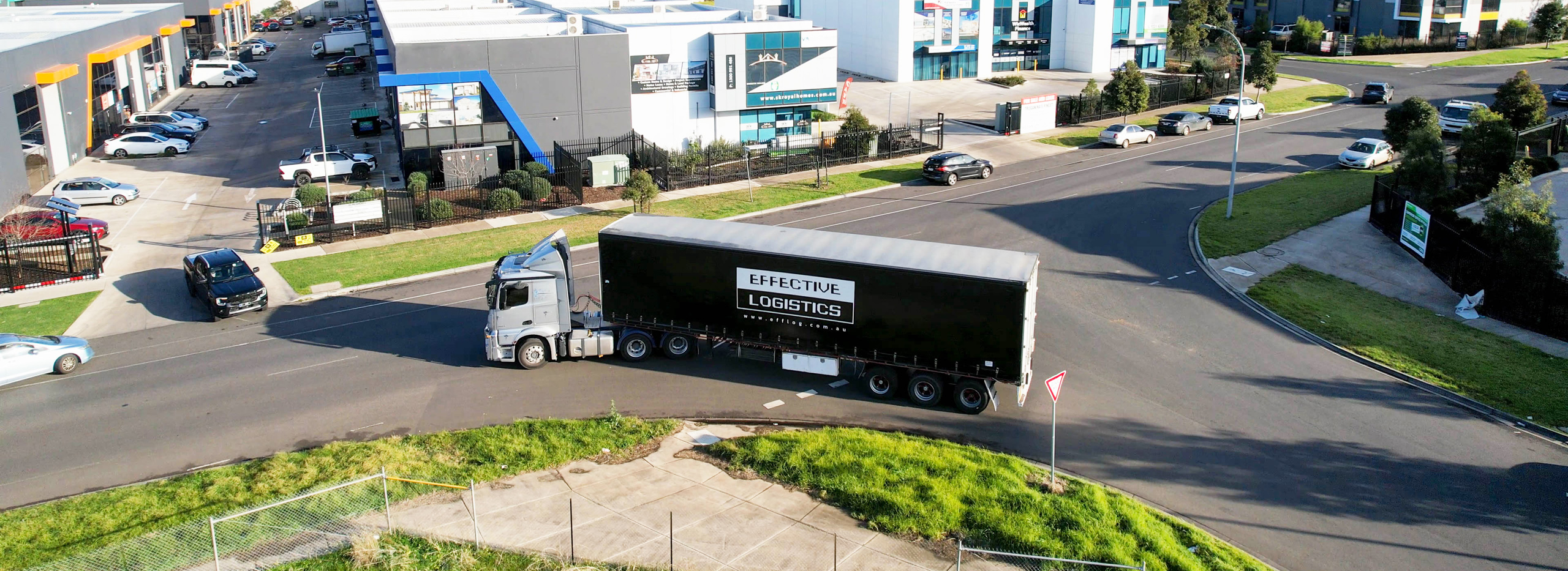To compare third-party logistics (3PL) service offerings effectively, you should match their capabilities to your business needs and goals. That means looking beyond cost to see how each provider stacks up in service scope, technology, scalability, and communication.
The process begins with a clear needs analysis and ends with an objective review of proposals, so you can make a fair comparison. Along the way, weigh factors like operational costs, contract terms, financial stability, product handling, and references.
Keep reading to learn how to cut through the noise and choose a provider who can truly grow with you.
Step 1: Define Your Business Needs
Before you can compare third-party logistics providers, you need a clear picture of your own logistics requirements. Think of it as creating a roadmap. If you don’t know where you’re starting, it’s hard to know which partner will get you where you want to go.
Start by building your logistics profile, which includes:
- Order volumes (daily, monthly, seasonal)
- Product types (apparel, food, pharmaceuticals, etc.)
- Order channels (e-commerce businesses, wholesale, drop shipping)
- Inventory levels and seasonal fluctuations
Next, outline your service requirements:
- Core services: warehousing, order fulfillment, transportation
- Value-added services: kitting, personalisation, fragile or cold storage handling, reverse logistics
- Don’t forget to define key performance indicators (KPIs) such as:
- Order turnaround times
- Inventory accuracy
- Delivery rates
- Shipping cost targets
Once you’ve mapped out your logistics needs, develop a detailed request for proposal (RFP) that includes:
- Business profile and growth projections
- Transactional volumes
- Service level expectations
Finally, compare 3PL proposals against your financial capability and in-house logistics costs: labor, packing materials, IT, and warehouse space. Align these logistics needs with your bigger business goals, like reducing costs, expanding markets, or improving customer experience.
This step ensures you choose a 3PL that can scale with you as you grow.

Step 2: Evaluate Service Offerings and 3PL Provider Capabilities
With your RFP ready, it’s time to weigh each 3PL provider against key factors that really matter. This step helps you see past glossy brochures and figure out who can actually deliver for your business.
Here’s what to look at:
- Industry expertise: Do they have experience with your product type (e.g., apparel, food, or electronics) and sales channels (e-commerce, B2B, retail)? Remember, quality of experience is as important as the duration of experience when choosing a 3PL provider.
- Service range: Check if their 3PL services cover warehousing, transportation, fulfilment, inventory management, returns, and even international shipping.
- Scalability and flexibility: Can they handle seasonal spikes, market demand fluctuations, or business growth without dropping service quality?
- Technology and systems: Look for a solid WMS/TMS, real-time tracking, analytics dashboards, and easy system integrations.
- Geographical coverage: Are their warehouses and transport hubs close to your customer base?
- Cost structure: Ask for line-item pricing and watch out for hidden fees. Make sure their model (transactional, fixed, or hybrid) fits your business.
- Communication and reporting: Do they provide visibility through dashboards, portals, or dedicated account managers? Continuous communication with your 3PL provider is essential for maintaining a successful partnership.
- Reliability and reputation: Request case studies from 3PL providers to evaluate their handling of similar business logistics. If possible, do a site visit.
- Implementation: Ensure they have a clear onboarding plan with timelines and costs.
By checking these areas, you’ll quickly see which providers are just vendors and which could be true, reliable partners.
Step 3: Compare Proposals Objectively
Once you have the RFP responses, it’s time to review them with a clear, structured approach. Instead of going with your gut, use tools that make the process fair and transparent.
Here’s how you can do it:
- Create a decision matrix: List your criteria (service range, advanced technology, scalability, cost, etc.) and give each one a weight based on importance. Then score each provider. For example, if cutting-edge technology is crucial, it might count for 30% of the score.
- Involve a cross-functional team: Bring in people from logistics, finance, IT, and sales. Each department will spot different strengths and risks you might miss alone.
- Review cost structures carefully: Don’t just look at upfront fees and focus on these aspects:
- Pricing models: understand per-pallet or per-bin storage fees, pick-and-pack charges (per order, item, or carton), receiving fees, and shipping costs.
- Hidden costs: watch for setup or onboarding fees, minimum monthly spend, returns handling charges, storage overage fees, and integration or customization charges.
- Cost-benefit analysis: don’t choose solely on lowest price. Compare 3PL charges to your fully loaded in-house costs (labor, facilities, packaging, shipping) and factor in gains like improved efficiency, scalability, and better customer experience.
This objective process helps you pick a partner that fits today and will scale with you confidently.

Step 4: Finalise Your Selection
Once you’ve narrowed down your shortlist, it’s time to take the last steps before committing. This stage makes sure you’re not just choosing on paper but confirming the provider can deliver in real life.
Here’s what to do:
- Conduct site visits: Tour their warehouses or fulfillment centers. Look at how clean and organised the facility is, how staff handle products, and what technology they use. For example, is their warehouse operations modern and easy to integrate?
- Negotiate the contract: Clearly define KPIs (like order accuracy and turnaround time) and SLAs (service level agreements). Add penalties or incentives tied to performance metrics. Don’t forget to check that termination terms are fair in case things don’t work out.
- Trust your judgment: Numbers matter, but so does your gut. Ensure a good long-term relation by considering various 3PL factors, such as effective communication, responsiveness, and cultural fit.
By doing these checks, you’ll be ready to confidently sign with the right 3PL partner.
Choose the Right 3PL for Long-Term Success
Comparing third-party logistics services isn’t just about chasing the lowest price. It’s about finding the right balance between cost, reliability, scalability, technology, and cultural fit.
The right logistics partner is more than a vendor. They’re a long-term asset who helps your business grow, adapt to change, and enhance customer satisfaction. Think of this decision as a strategic investment in your future, not just a way to cut costs today.
Ready to take the next step? Contact Effective Logistics on 03 8376 3300 or visit our contact page for tailored logistics solutions.

